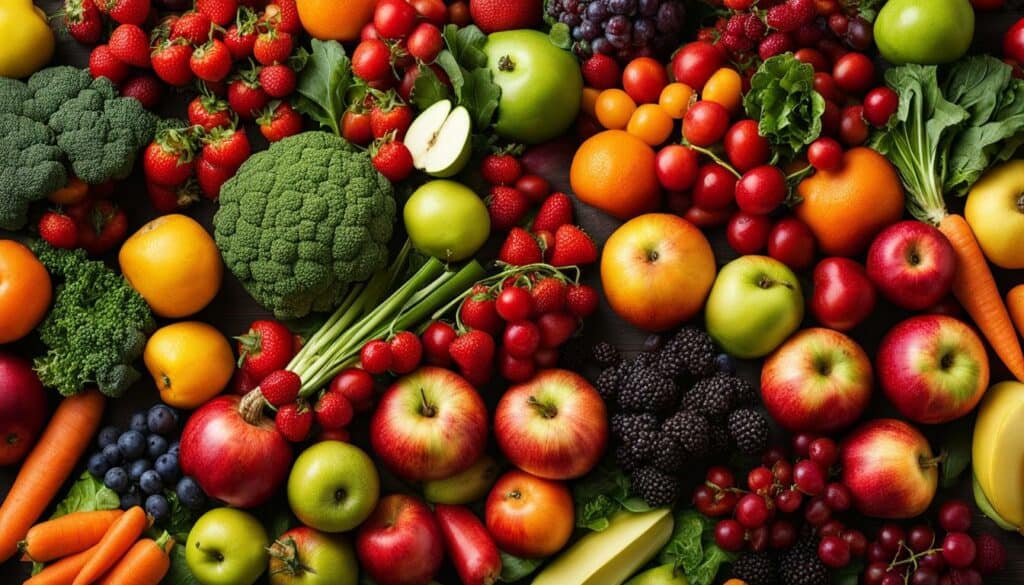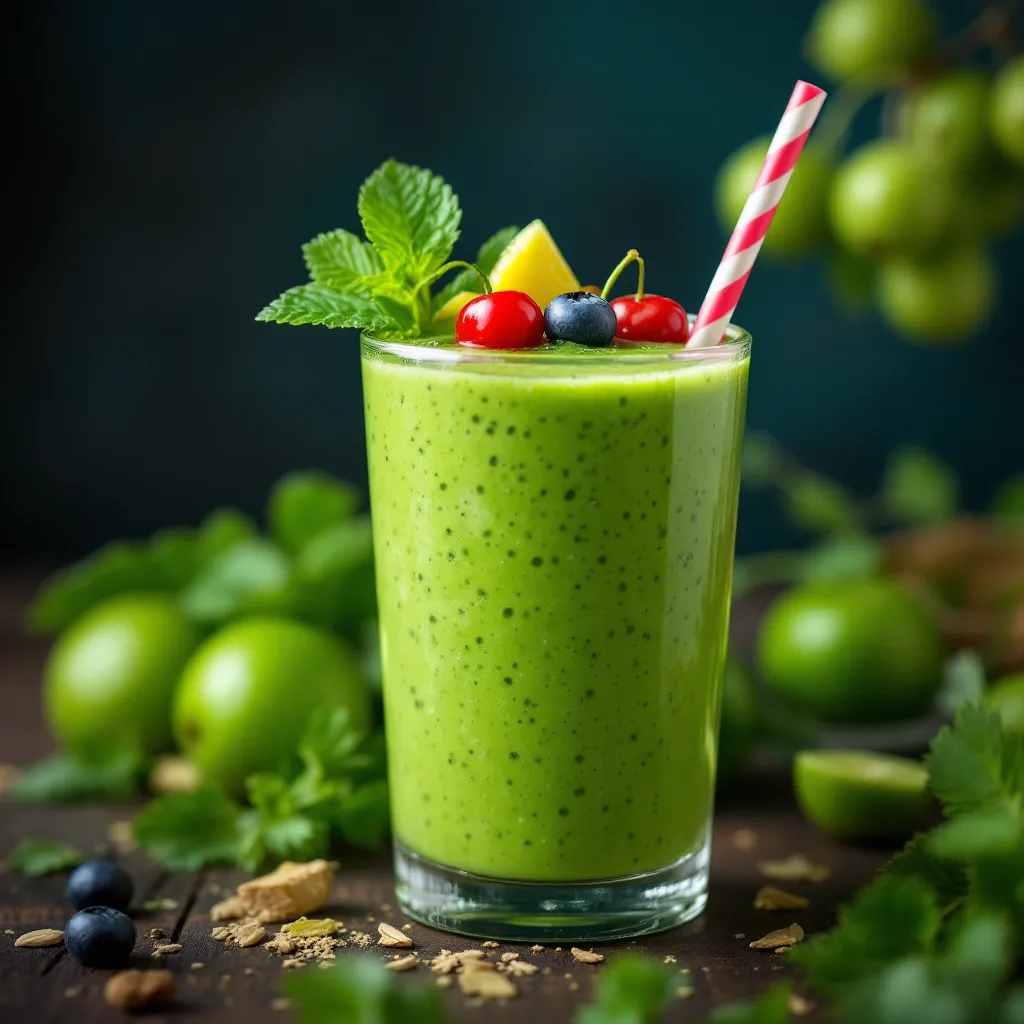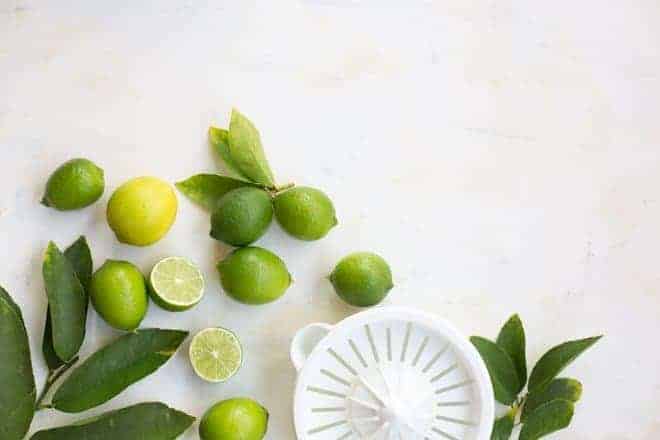Juicing is an easy way to get a healthy diet without having to spend hours preparing meals. It’s also a great way to lose weight. Check out these tips for proper juicing.
There are many different types of juicers available today, and they all do their job well. However, not all juicers are created equal. This is why it’s important to read reviews before purchasing one. Here are a few things to consider when choosing a juicer.
What is a juicer?
A juicer extracts juice from fruits or vegetables by crushing them with blades that cut the fruit into small pieces. The pulp left over after extracting the juice can be used in smoothies or added back to your food as part of a salad. A good quality juicer will separate the juice from the fiber, so you don’t have any waste. You should look at how much product you need to use each day because some models take up more space than others. If you’re looking for something portable, then check out our list of best travel blenders.
How does it work?

The process begins with placing fresh ingredients on the feed chute where the blade cuts through the material. Then press down on the handle, which forces the machine to turn. As the motor turns, the blades crush the produce and push everything towards the collection container below. Some machines come equipped with screens that help remove seeds and other debris while allowing most liquid to pass through. Other models include a strainer basket attached directly above the collection container. These baskets allow you to strain the juice if desired.
Types of juicers
The two main categories of juicers are centrifugal and masticating. Centrifugal juicers extract the juice using high-speed spinning parts called augurs. Masticating juicers grind whole foods like apples, carrots, oranges, etc., inside a rotating chamber. Both styles of juicers create juices rich in nutrients, but there are pros and cons associated with both methods. For example, centrifugal juicers tend to make thicker juices due to the speed of rotation. On the flip side, these juicers may require frequent cleaning since they operate under extreme pressure. In addition, centrifugal juice makers often cost less money than masticating juicers.
Do You Need a Juicing Machine

Juicers can cost anywhere from $50 to $400. Some juicers can be more expensive and will grind the core, rind, seeds, and other parts of the fruit.
To make juice, you don’t necessarily need a juicing device. To preserve the fiber, you can use a blender to blend most fruits and vegetables. You can add water to thin it out. It is important to remove the seeds, rinds, as well as some skins.
For food safety, you should drink your juice as soon as it is made. Make sure to clean your juicer or blender before you start the next batch.
Juicing for weight loss and cleansing
Although it may seem like a quick way to lose weight, juicing can be dangerous.
Juice-only diets may leave you with insufficient fiber and protein, which can make it difficult to feel full. You may rebel.
If you are on a strict juicing diet, you will be tempted to indulge in a cake or doughnut because you have restricted your food intake.
Insufficient protein can also lead to muscle loss.
Smoothie or Juice

A smoothie contains everything, while juice separates the pulp from the juice. Smoothies are more nutritious because the pulp is rich in nutrients. This is a common misconception. The high-powered blender that makes smoothies adds heat and oxygen, which can actually cause some nutrients to be destroyed. It is worth noting the nutritional difference between smoothies and juices. Both are better than any bottled or canned juice!
These important differences are calories and fiber. Juicing is often mistaken for removing all fiber. Some fiber is lost, but it is not all. Fresh juice contains a lot of soluble fiber, while the majority of insoluble fiber is eliminated. Juice is better for weight loss because the pulp contains additional calories. The fiber-rich smoothie will be more beneficial for those who have digestive problems. Insoluble fiber is one of the best ways to lower cholesterol. A smoothie would be our recommendation.
Here’s a quick overview of the machines that make smoothies and juices. Although you can make juice with a basic kitchen blender, the soupy grit must be strained through a coffee filter. This takes time. The blender is not powerful enough for blending whole fruits and vegetables – including the skins, seeds, and other ingredients – into smooth drinks. You will need a more expensive machine. Your blender can be used to add avocado and banana to your juice. These foods are not compatible with most juicers.
Mixing Fruits & Veggies
Nutritionists say fruits and vegetables don’t mix well with each other, with two exceptions. Apples and carrots can be combined with any other fruit. We can mix any combination of fruits and vegetables in our juice recipes with no digestive problems.
Juicing should be done according to the 80/20 rule. To keep your sugar content low, you should eat 80% vegetables and 20% fruits for most juices. Also, you will need to remove inedible skins (such as citrus peels and mango skin), large seeds, and pits, and wash your produce thoroughly.
Go Green

Superfoods are leafy greens that are packed with nutrients. Wheatgrass, which can be grown easily at home, is the most powerful of all. You only need a small number of greens to reap the benefits. Too much can upset your stomach. A little lemon can help reduce the bitterness.
You can juice the skin, pith, and pulp
You should remove any seeds and pits from avocado and pineapple skins. The citrus peel and apple skin are edible, except for the orange. They also contain nutrients. The pith, the soft, white, under-the-rind material, is also rich in nutrients. For a tasty mock tuna salad, you can add mayonnaise. You can also add the pulp to cookies, pancakes, or hummus. Before you start your smoothie journey, be aware that some greens and seeds can upset your stomach. (thespruceeats.com)
Drink Right Away
The point of juicing is to enjoy the fresh juice right away. Fresh juice will lose nutrients as it oxidizes, so plan to drink your juice immediately. If you make extra or can’t drink it all at once, store your juice in an airtight container like a thermos or mason jar, filling to the top and making sure it’s sealed. Make sure to refrigerate it ASAP. Fresh juice will keep for up to 24 hours, but I try to drink mine in under 12. I typically drink my juice for breakfast or as an afternoon pick-me-up. Drinking juice on an empty stomach is best as those nutrients are absorbed right away, and don’t have to fight with other foods your body is trying to digest at the same time.
Don’t Overdo Your Juice
If you’re new to drinking green drinks, start slow. Drink one glass per day until you feel comfortable increasing your intake. Start slowly because if you overdrink too quickly, you could get sick from ingesting too many raw vegetables.
Get Creative With Fruit Combinations
You can combine different types of fruit to create unique flavors. For example, strawberries and kiwis give off a sweet flavor, while oranges and grapefruit provide more tartness. Experimentation is key when mixing ingredients; there really isn’t a wrong way to do this!
Add Protein To Your Smoothies
Protein shakes aren’t necessary, but having some protein in your daily diet helps build muscle mass and keeps you feeling fuller longer. Adding whey powder or milk proteins into your morning smoothie gives you added energy throughout the day. Use A Blender Instead Of A Juicer
Blenders work great for blending fruits and vegetables. They allow you to control how finely chopped your food is without getting stuck with chunks. Plus, blenders come with their own blades, meaning no chopping is required.
Make It Easy On Yourself
When preparing your smoothie, always remember to cut down on prep time. This means cutting out unnecessary steps like washing and slicing produce. Use prewashed spinach leaves instead of cleaning them yourself. Wash and chop your fruit first, then throw everything in the blender. You’ll save time and effort by doing these things ahead of time.
Use The Whole Food Approach
When choosing what goes into your smoothie, use whole foods whenever possible. Don’t buy juices made from concentrate, which contain high amounts of sugar and preservatives. Buy organic applesauce rather than pureed apples. And choose frozen bananas over canned ones. Frozen bananas are much healthier since they haven’t been processed yet. Drinking Green Drinks Is Good For You
Green drinks help boost immunity, improve digestion, reduce inflammation, lower cholesterol levels, increase metabolism, prevent cancer, promote weight loss, and even protect against heart disease. So go ahead and add that kale to your next smoothie!
Conclusion
In conclusion, juicing has become very popular lately due to its health benefits. However, not everyone knows exactly how to prepare their greens properly. Here we’ve provided tips for proper juicing so you can reap all the benefits of this healthy lifestyle choice.
As a veteran fitness technology innovator and the founder of GearUpToFit.com, Alex Papaioannou stands at the intersection of health science and artificial intelligence. With over a decade of specialized experience in digital wellness solutions, he’s transforming how people approach their fitness journey through data-driven methodologies.
